The Business: Centier Bank currently has 64 retail locations throughout Northern and Central Indiana plus a corporate campus in Merrillville, Ind. In April, the bank passed $5 billion in assets, a significant milestone.
Mike Schrage, Centier's fourth-generation president and CEO, credits the bank's success to its privately owned status, as well as “a commitment to strong cultural values and a servant leadership mindset, both internally and externally.”
The family first came to the state in 1854, when German immigrants Christoff and Fredricka Schrage settled in Lake County, Ind. Two years earlier, the Michigan Southern Railroad line had reached the area that would become the city of Whiting.
Christoff and Fredricka's son Henry opened a general store. His wife, Caroline, ran the store wh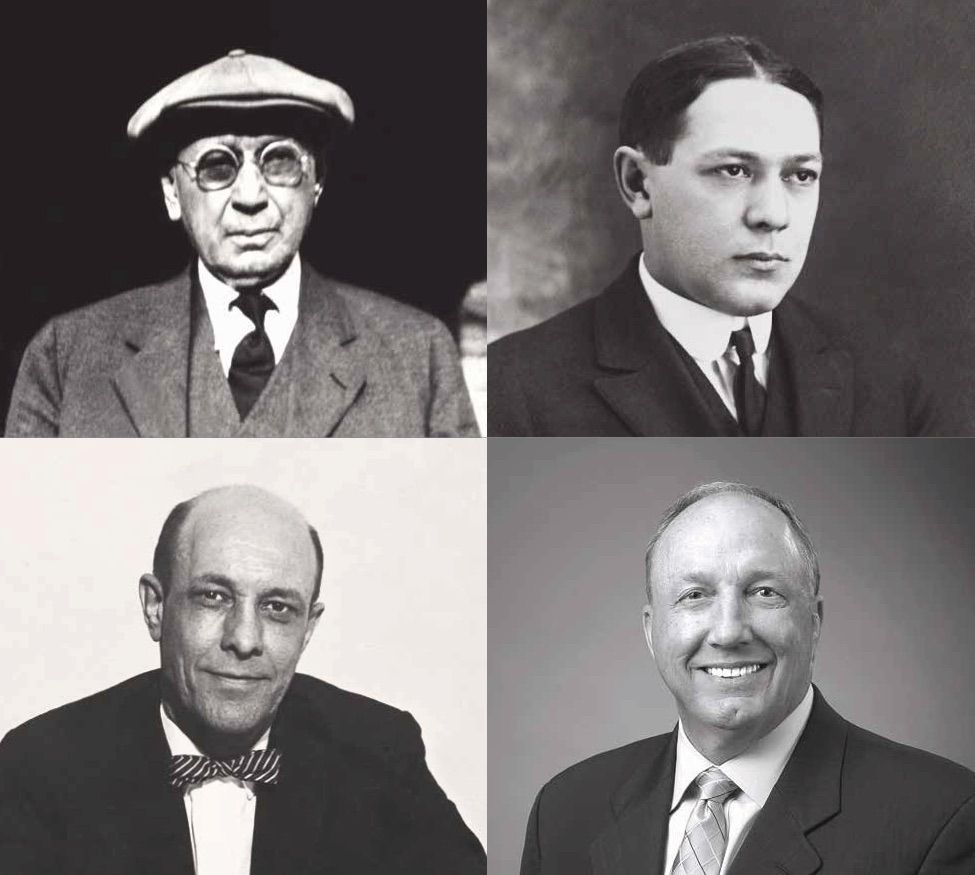 ile Henry worked for the railroad. In 1871, the store added a post office, with Henry as postmaster.
ile Henry worked for the railroad. In 1871, the store added a post office, with Henry as postmaster.
In 1889, Standard Oil used local “straw men” to acquire land to build a refinery in the area, in order to hide the identity of the real buyer and keep prices low. Henry, who had sold about 50 acres of family property to the oil company, became a straw man.
On April 21, 1895, Henry founded Bank of Whiting, capitalizing the bank with his earnings from the Standard Oil land deals.
Henry's eldest son, Henry Jr., became a teller at Bank of Whiting and rose to vice president; he died in 1928 at 58. The youngest son, Walter, joined the bank as cashier. In 1917, Walter became president of the bank.
Henry Sr., who remained chairman of the board, bought two square blocks and built a 12-bedroom house, known as the Schrage mansion, on one of them. The Immaculate Conception Catholic Church later acquired the Schrage mansion property and used it as a rectory.
When Standard Oil established the similarly named State Bank of Whiting in a nearby location in 1931, the Schrage family's Bank of Whiting fought back by extending its hours to 8 p.m. on Standard Oil paydays.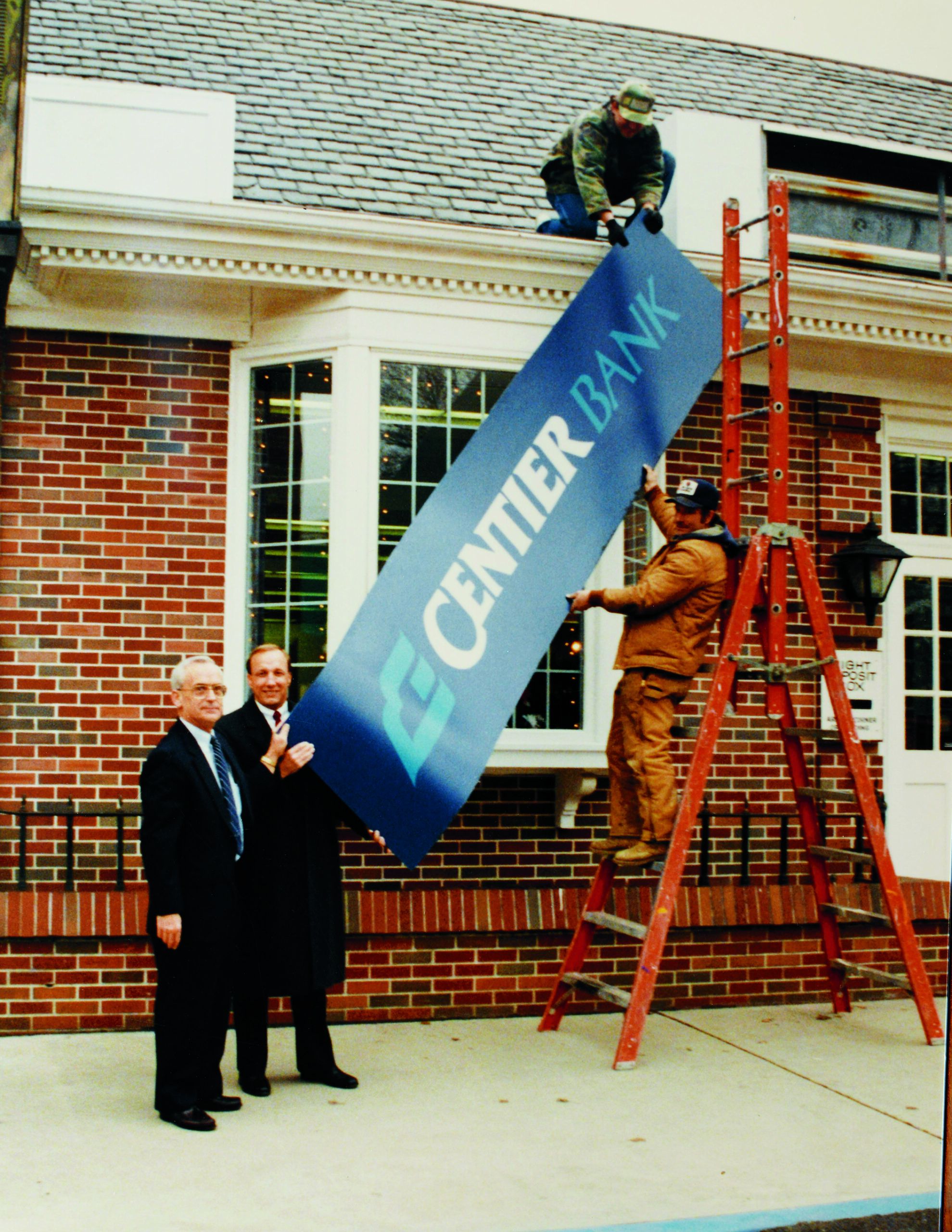
Henry Sr., who died at 88 in 1932, ensured the bank's survival during the Great Depression by putting his estate in trust to back bank deposits. Henry's heirs couldn't touch the assets until 15 years after his death, the amount of time Henry predicted the country would need to recover from the Depression.
Walter, named as trustee of the trust, took over as bank chairman after Henry died. Walter had served as mayor of Whiting from 1914-1929.
Walter's son Walter Jr., known as Wally, joined the bank as a clerk in 1933 but left to in 1937 become president of Straub Pianos Inc., which had been repossessed by the bank and reorganized after going bankrupt. In 1941, the piano company was sold and Walter Sr. died suddenly at 56. Wally, 28, was named as his successor.
Doris Smith, Walter Sr.'s executive assistant, ran the bank unofficially while Wally grew into the position. In 1944, Doris and Wally married.
Under Wally's leadership, the bank's name changed (albeit only slightly) to First Bank of Whiting in 1960. Its first branch location opened in 1963.
Wally's son, Mike, attended Denison University. Although he originally planned to become an athletic coach, he earned an MBA from the University of Colorado, Boulder, and joined the bank to open a branch in Dyer, 15 miles south of Whiting. He attracted the public to the grand opening by offering helicopter rides.
Several years later, Mike moved to Whiting to work with his father. Although the board rejected his suggestion that the bank change its name, he developed innovative advertising campaigns.
Mike created a trust department in 1975 and bolstered commercial lending. In an acknowledgment of the bank's expansion past Whiting, in 1976 it began calling itself simply “First Bank.”
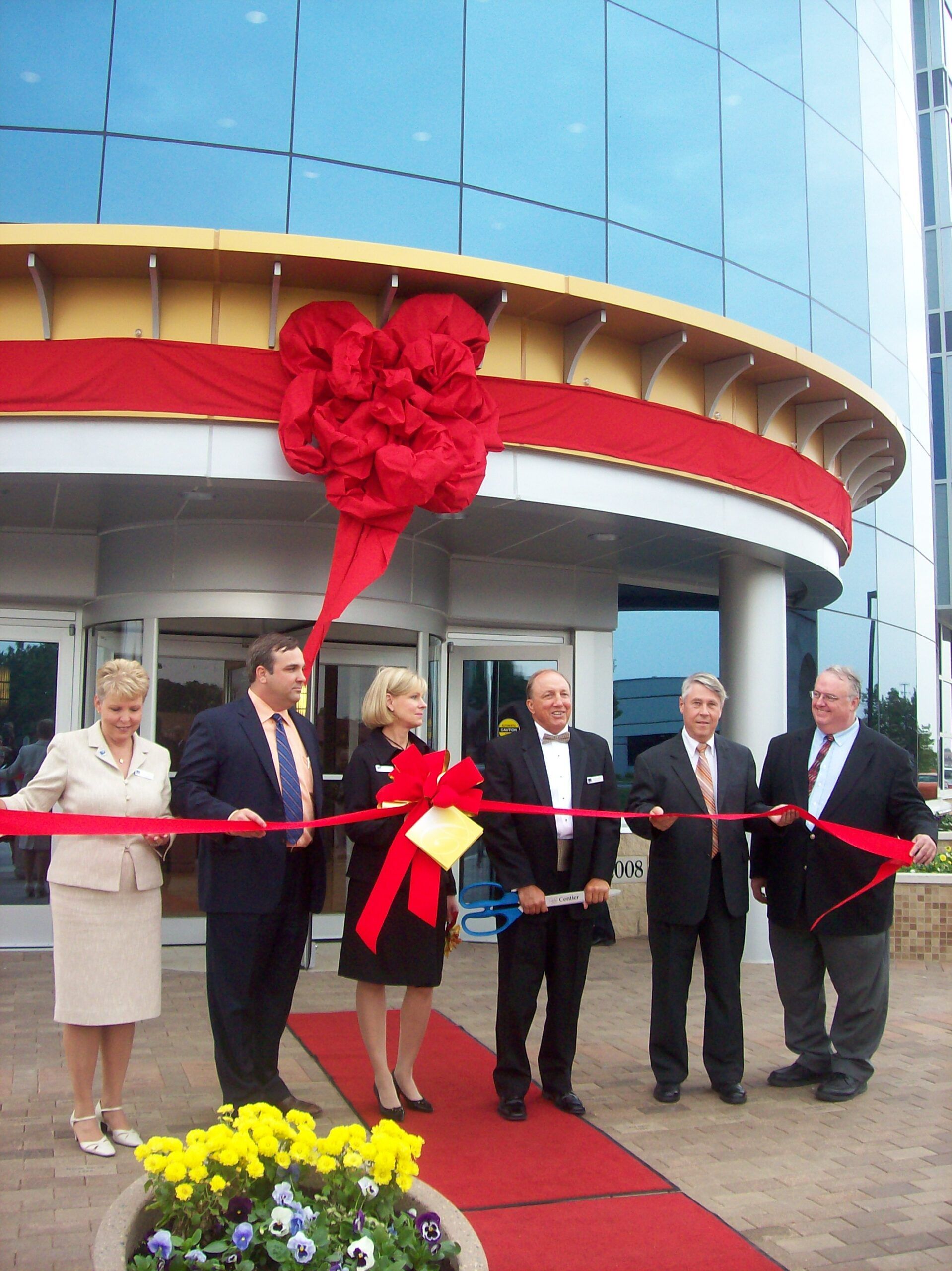 Mike was named bank president in 1977. In 1980, he formed a holding company to acquire other banks. First National Bank of Crown Point and Southlake National Bank were acquired in 1982.
Mike was named bank president in 1977. In 1980, he formed a holding company to acquire other banks. First National Bank of Crown Point and Southlake National Bank were acquired in 1982.
Other than those acquisitions, Mike says, the bank has been built “one branch at a time.”
Growth by acquisition, he says, “can be, and was at the time, culturally disruptive. The legacy I want to leave is the culture of the bank — not the size or the number of offices or the stock value or any of those types of things.”
“Our culture is all about family and it's all about community,” says Mike's son-in-law Anthony Contrucci. “Yes, the family did a lot of things in the private sector entrepreneurially, but they also equally did a lot of things within the civic arena.”
At the time of Wally's death in 1982, First Bank of Whiting had 12 banking offices and more than $250 million in deposits.
The bank faced a crisis in the early '80s. Mike had hired a senior lender so he could focus on expansion. The senior lender made bad loans that he buried in the books, hoping regulators would move to shut the bank so he could acquire it. When the FDIC threatened to close the bank, Mike developed a plan to save it, including austerity measures, lower deposit rates and higher interest rates. Loyal associates and clients stayed with the bank and Mike's wife, Jill, pledged her inheritance.
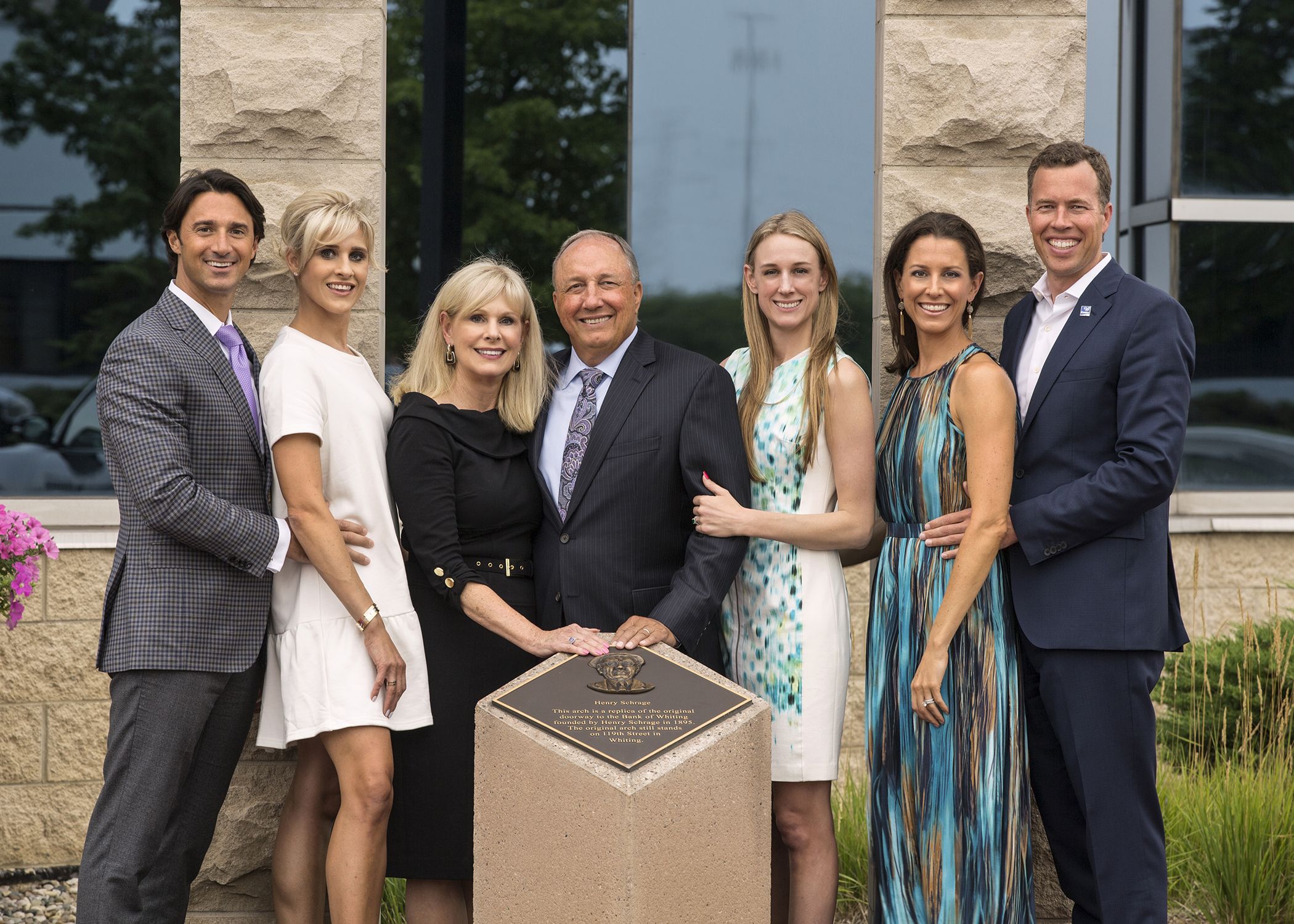
The bank developed a 401(k) and an employee stock-ownership plan. An annual meeting, now called the Celebration of Excellence, was instituted to share information
on bank performance with associates and present service awards. Each year, the event has a different theme (including costumes) that is kept secret until associates arrive.
In the late '80s, a new board member encouraged Mike to change the name of the bank, a move Mike had wanted to make since 1972. A firm was hired to devise the new name, Centier — a combination of the word “Century” (since the bank would celebrate its centennial in 1995) and “Premier” (part of the bank's vision statement). In announcing the 1991 name change, Centier Bank also noted that it was founded on Center Street and puts clients at the center of attention.
In the mid-1990s Centier leased a space in Merrillville and centralized operations staff in one building. It later bought property and built the Centier Corporate Centre, which opened in August 2008. About five years later, the bank added another building across the street, completing the corporate campus.
In 1999, Mike launched a “Not For Sale” marketing campaign and pledged that current and future associates would split a $1 million penalty if Centier were sold before 2010.
“Mike is a banker, obviously, but he fell in love with marketing,” says Anthony. “His premise is, ‘How do I differentiate the bank?'
“It hasn't been just product or rates. It's always been about culture. That's how he's been able to so successfully differentiate and grow the bank over the past half-century.”
In 2009, the city of Whiting learned that the Immaculate Conception Catholic Church would vacate the Schrage mansion. The city took over the property to save it from demolition, and the Schrage family committed to contributing $100,000 to a restoration project.
During the Great Recession, Centier took a $95 million loss from its investment portfolio. The bank needed to be recapitalized, and Mike didn't want to take funds from the federal Troubled Asset Relief Program (TARP).
Mike asked his sister and her children as well as his daughters and sons-in-law to contribute funds to recapitalize the bank. The family (including the families of his two sons-in-law) contributed millions of dollars.
In the decade after the Great Recession, Centier doubled in size and entered the Greater Indianapolis market. In 2015, it opened a downtown Indianapolis retail branch. Centier became the largest bank in Northwest Indiana in 2017.
The Family: There are 27 Schrage family members in the fourth through sixth generations, of whom about 16 are shareholders.
Mike's wife, Jill, began working in the marketing department, focusing on special events, after her three daughters reached school age. She has been semi-retired since 2018.
Mike's two sons-in-law both work for the bank. Chris Campbell, married to Mike's eldest daughter, Laura, is senior partner in lending. Anthony Contrucci, married to middle daughter Melissa, is vice president of community and business development.
Melissa serves as special events coordinator for the bank, and Stephanie, the youngest daughter, works with her father on business and board governance.
Anthony notes that the bank has taken an inclusive approach to married-ins throughout its history. “In literally every single generation, the spouses played a crucial role.”
At several points in the bank's history, the family has been “all in,” contributing personal funds to shore up the bank, Anthony says — “stepping up to protect our associates and to preserve hometown community banking.”
“Henry made the biggest commitment that I can think of, back in Depression times, when he put up his entire estate to cover any shortage on bad loans,” Mike says. “His kids and the other family members got nothing for 15 years. He certainly set the example of personal commitment.
“I've tried to live up to that as best I could, over the last 48 years, through some trying times.” Through the current economic downturn, he says, “We'll be as committed as Henry was.”
The Celebration: Mike considers the centennial celebration “an opportunity for myself and the family to thank all the associates we have, and all the clients and the community that stand by us through thick and thin.”
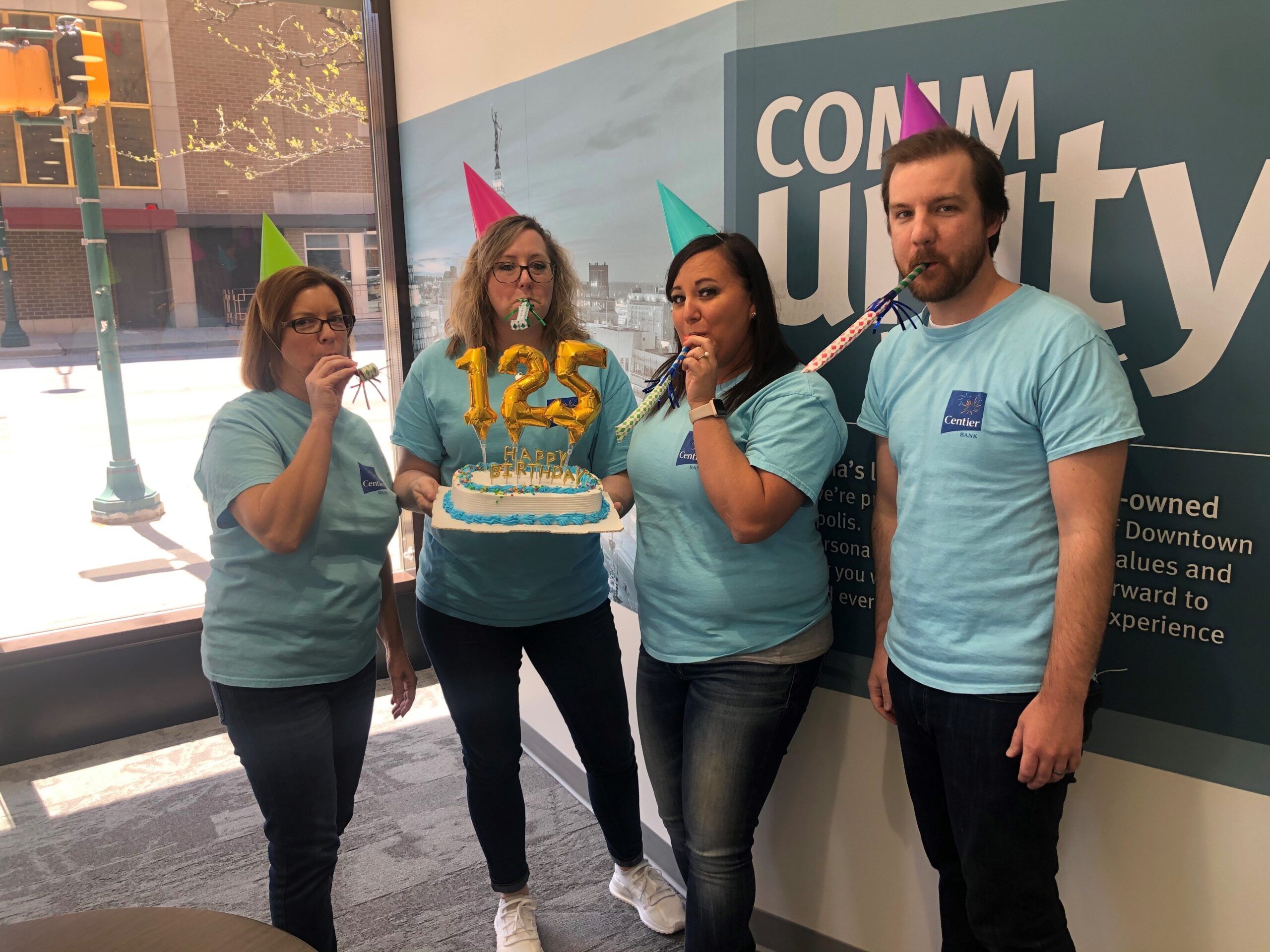 Because of the COVID-19 pandemic, a 125th anniversary gala that had been set for April 19 has been rescheduled for Aug. 30. On Tuesday, April 21, associates throughout the state had small celebrations, documented in a photo gallery on the bank's Facebook page.
Because of the COVID-19 pandemic, a 125th anniversary gala that had been set for April 19 has been rescheduled for Aug. 30. On Tuesday, April 21, associates throughout the state had small celebrations, documented in a photo gallery on the bank's Facebook page.
“I wanted [the gala] to be special, and it still will be special,” even though it won't be held in April, the month the bank was founded, Mike says. “We have even more time to plan it and refine it, and come up with additional things to make it special.”
A history book, entitled Centier Bank: A Family Legacy, was published early in the year. Although the family had previously looked into the past for the bank's centennial and the opening of the Corporate Centre, the focus of those efforts was on the bank. The new book emphasizes the family history.
Two copies of the book will be placed in each bank office: one on the coffee table in the waiting area, and one for associates to peruse at their leisure.
The family is also in the process of building a museum that will be located in Centier's Whiting branch, which dates to 1910. The museum will take guests on a journey starting in the early 1840s, when the Schrage family immigrated from Germany. It will cover the family history through 1895, along with the history and growth of Whiting, and then continue on with an in-depth look at Centier's evolution from 1895 to 2020.
A corporate historian hired to help the family review and catalog the old photos and archival material continues to work with them on a part-time basis.
The 125th anniversary will also be celebrated in a video. “It will cover some of the history and the highlights, but more importantly, it will pay homage to our Centier family,” Anthony says. The video will spotlight the associates' contributions to the bank and the community.
Centier is creating a time capsule to be buried on the Merrillville campus, Anthony says. “Our goal is to bury it for 25 years and have it dug up in 2045. And the people who would dig it up would be the sixth generation — my children and my niece and nephew.” Among the items to be included in the capsule are a letter from Mike, a copy of the history book and Centier logo T-shirts.
The bank bought a trolley, decorated with the 125th anniversary logo, which it will use in parades and special events. The trolley might also be used to take participants in the Foundations program — the bank's three-day orientation for new associates — from the Corporate Centre in Merrillville to visit the Whiting branch and tour the museum.
The Planning: “It all started with the book,” Anthony says of the celebration planning process. About six or seven years ago, he says, he and his sister-in-law Stephanie chatted at a conference with a business family who had just completed a history book.
The idea of a Schrage family history book appealed to them.
“Over the years, we've done a nice job of documenting some of our history, and using it as an asset in how we market. But we — our generation, in particular — really wanted to take it to the next level.”
The Schrages engaged a publishing firm that specializes in family business history books amply illustrated with historic photos. They wanted a partner who had the technological capability to restore old and damaged pictures and “bring them back to life,” Anthony says.
The book is candid in its discussion of the bank's ups and downs over the decades, as well as pivotal events in Mike's life.
“We can list a lot of characteristics of strong leadership, but I think to be transparent and humble are big factors,” Mike says.
“The more you share with people, the easier it is for them to understand why you are the way you are and the journey that you've been on. If they only know the high points, they're going to think this is a cakewalk. And it isn't.
“To me, it's a great opportunity, for the future generations in our family and other people to appreciate what's been done up to this point, the sacrifices that have been made for the greater good of the legacy of the community bank.”
Research for the book branched out into other projects, such as the museum, Anthony says.
“We were trying to find all these old assets — old pictures, artifacts, you name it. So we started digging through our marketing department, we started digging through branch attics and basements, family home attics and basements.”
An ongoing project involves digitizing the images, which will be stored on a content-management system that will be indexed for easy retrieval.
Acquiring the trolley was also a complicated process. “First it was, where do you find it? Then it was, what features do you want on it?” Anthony says. “We knew we wanted one that you could drive in all seasons. And then you have to figure out how you decorate it. And that was a whole other process. It took a long time.”
The Advice: Mike recommends starting early with planning for a major business milestone: “It's not something you want to put off till the year before.”
He says he's been thinking about the 125th anniversary celebration for five to 10 years. “As I would read different stories about other companies or leaders, it would jog me into writing things down, like, ‘Hey, in eight years when it's our 125th, we might want to do something like this.'
“Take advantage of the time to celebrate and enjoy,” Mike advises.
Copyright 2020 by Family Business Magazine. This article may not be posted online or reproduced in any form, including photocopy, without permission from the publisher. For reprint information, contact bwenger@familybusinessmagazine.com.

